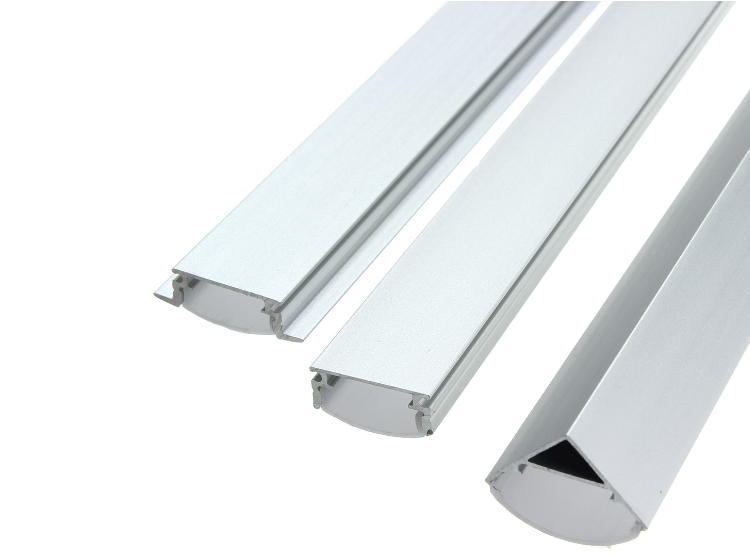English 




Views: 0 Author: Site Editor Publish Time: 2023-06-26 Origin: Site



Aluminum channels have come in strong with superior durability, toughness and resistant corrosion features. Now every industry is adapting them as new solutions. Yet, as it is, there are different sizes and knowing how they differ can be good for businesses and DIYers. So below, we are about to go through the different sizes available. Read on.

Aluminum channels have different standard dimensions designed to accommodate different project requirements. The shapes in this regard may be the U, C, and rectangular channels. Yet the dimension has variations; check out below.
U channels are spread on edging, framing and bridging uses. The common dimensions range of the U channels starts at about 0.5 inches to about 8 inches in width, then 0.5 to 2 inches in height. Thickness can be about 1/16” to ¼.”
Aluminum C channels are structural channels mostly used in engineering and architecture. They are available in height of 0.5" to 4", while the thickness can be between 1/8" to 5/6". Their structural integrity allows them to bear much weight.
Rectangular channels are mostly used in architecture, especially on trims and decorative applications. The sizes are anywhere between ½” to 8” in height. The width comes in at ¼” to 2 “while the thickness trikes from 1/16” to ¼”.
Aluminum sizes are not limited to standards. They can be customized to meet different project needs. The dimensions may match unique applications depending on how you instruct the manufacturer.
Now due to the high strength-to-weight ratio, resistance to corrosion and versatility, aluminum channels may be used in different industries. Check out below.
While size may matter during the selection of aluminum channels, those are factors that go beyond. That is the alloy used, its strength, its ability to withstand corrosion and machinability and how they align with the desired use.
There are also different temper ranges like the T4 or T6, which depict how heat treatment may impact the strength and hardness.
If you are about to buy an aluminum channel, check the section below before moving.
You need to verify if the channel can handle your load capacity. Higher load capacity may require selecting a large and thicker aluminum channel.
The span length is the distance between support points. You will need a larger channel to prevent sagging if you have a longer span.
Take note of where you are going to use the aluminum channels. Remember, when exposing it to extreme temperatures, moisture or chemicals, you will select specific alloys and coatings resistant to such conditions.
Aesthetic and functionality matter. Some of your applications may need specific aluminum channel sizes or certain visual effects to fit within the available schemes or spaces.
Top Aluminum Furnitures Manufacturers and Suppliers in Czech Republic
Top Aluminum Furnitures Manufacturers and Suppliers in Poland
Top Aluminum Furnitures Manufacturers and Suppliers in Belgium
Top Aluminum Furnitures Manufacturers and Suppliers in Finland
Top Aluminum Furnitures Manufacturers and Suppliers in Denmark
Top Aluminum Furnitures Manufacturers and Suppliers in Greece
Top Aluminum Furnitures Manufacturers and Suppliers in Portugal
Top Aluminum Furnitures Manufacturers and Suppliers in Austria
Top Aluminum Furnitures Manufacturers and Suppliers in Norway
Top Aluminum Furnitures Manufacturers and Suppliers in Sweden
